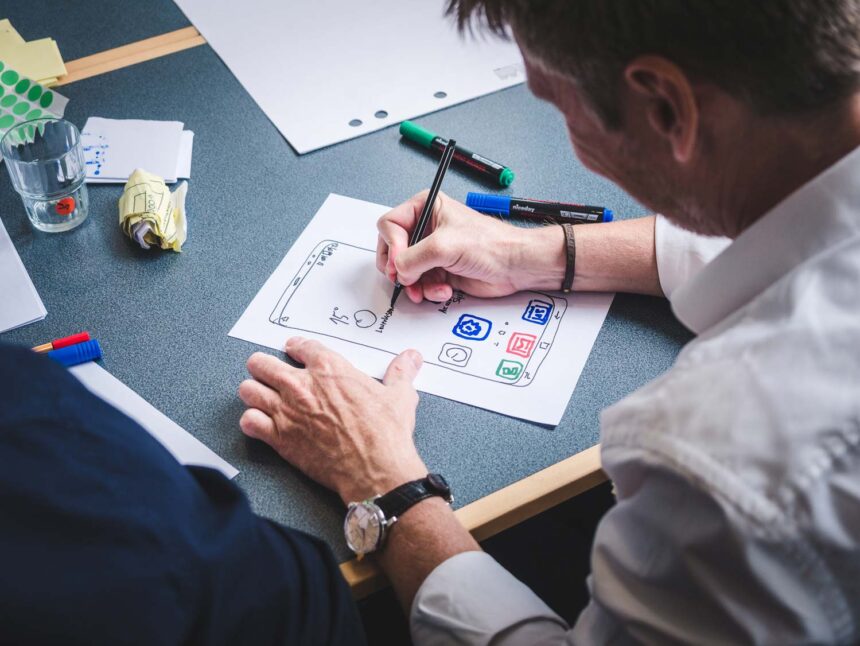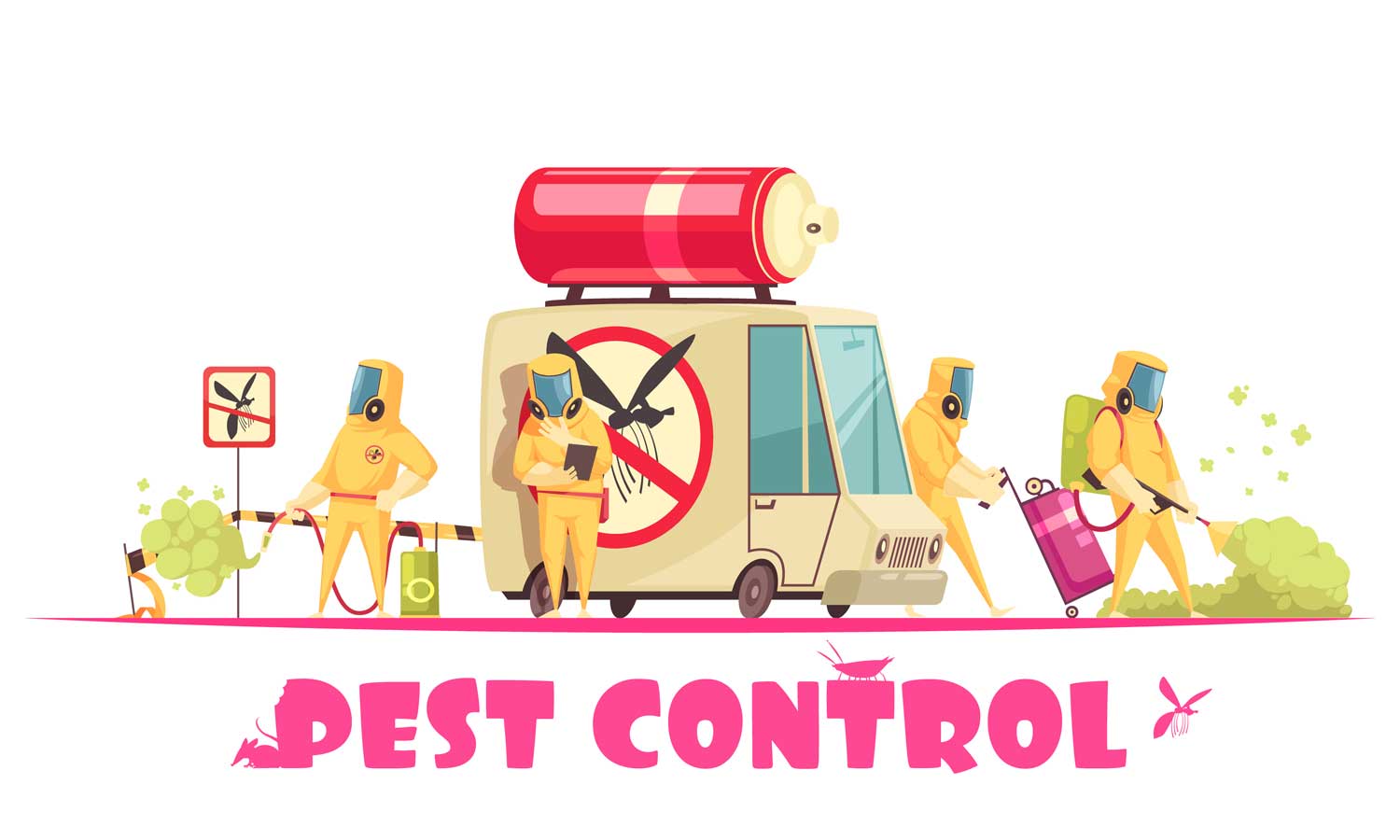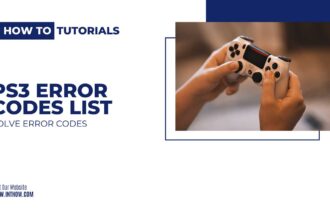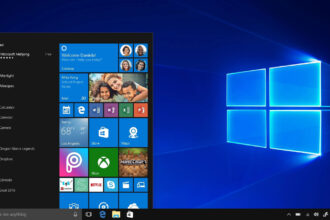Are you curious about the role of a UX designer and what they do? In today’s digital age, user experience is becoming increasingly important. Consumers expect products that are easy to use, intuitive, and visually appealing. This is where UX designers come in.
In this article, you will learn more about what a UX designer does, their responsibilities, as well as what benefits they can bring to the companies that hire them.
What does a UX designer do?
A UX designer is responsible for the overall design of digital products, including websites, apps, and software. They focus on improving the user’s experience by creating products that are easy to use, visually appealing, and provide a seamless experience.
A UX designer conducts research
A significant part of a UX designer’s role is conducting research. This research can include analyzing user data, researching the competition, and conducting surveys and interviews. The goal of this research is to gain insights into the user’s needs, preferences, and behaviors.
User research is a vital aspect of UX design. Without understanding the user, it is impossible to create products that meet their needs.
User research can take many forms, including:
- Analyzing user data: A UX designer will analyze data to understand how users interact with digital products. This data can include website analytics, heatmaps, and user behavior tracking.
- Conducting surveys: Surveys can help UX designers understand the user’s preferences, pain points, and behavior.
- Conducting user interviews: Interviews allow UX designers to gain a deeper understanding of the user’s needs and preferences.
- Competitor analysis: A UX designer will research the competition to understand what they are doing well and what they could improve on.
A UX designer creates user personas
User personas are fictional characters that represent the user’s needs, preferences, and behaviors. A UX designer will create these personas to help them better understand the user’s needs and design products that meet those needs.
Creating user personas involves identifying the key characteristics of the user, including their age, gender, education, occupation, and interests. These personas are then used to inform the design of the product.
UX designers deal with wireframing
Wireframing is the process of creating a visual representation of the product’s layout and structure. This process allows the UX designer to create a rough outline of the product and make any necessary changes before moving on to the design phase.
Wireframes are typically simple sketches or diagrams that show the layout of the product. They are used to determine the placement of key elements, such as menus, buttons, and content.
UX designers deal with prototyping
Prototyping is the process of creating a working model of the product. This process allows the UX designer to test the product’s usability and make any necessary changes before launching the product.
Prototyping can take many forms, from low-fidelity prototypes to high-fidelity prototypes. Low-fidelity prototypes are simple, rough designs that allow the UX designer to test the product’s functionality. High-fidelity prototypes, on the other hand, are more detailed and allow the UX designer to test the product’s visual design and user experience.
The skills of a good UX designer
Due to how many areas it can cover, UX design requires a wide range of skills. For example, the UX designers at Ergomania deal with all kinds of projects. It’s also important for UX designers to have a strong understanding of user behavior and psychology, as well as an ability to collaborate with other stakeholders.
The benefits of hiring a UX designer
A well-designed user experience can lead to a range of benefits for businesses and users alike. For businesses, it can result in increased customer satisfaction, better engagement, and higher conversions. For users, it can mean a more enjoyable and intuitive experience with a product or service.
Customer Satisfaction
By making sure that users can easily accomplish their goals and complete tasks without frustration or confusion, a good UX design can increase customer satisfaction. This can lead to higher customer loyalty and retention rates.
Better Engagement
When users find a product or service easy and enjoyable to use, they are more likely to engage with it for longer periods. This can be especially important for products or services that rely on user engagement, such as social media platforms, games, and educational apps.
Higher Conversions
A well-designed UX can lead to higher conversion rates by making it easier for users to complete tasks such as making a purchase or signing up for a service. By reducing friction in the user journey, businesses can see a direct impact on their bottom line.
What is the difference between a UX designer and a UI designer?
While both UX and UI design are important parts of creating a good user experience, they focus on different aspects. UX designers are concerned with the overall user journey and ensuring that users can accomplish their goals with ease. UI designers, on the other hand, focus on the visual and interactive elements of a product, such as buttons, icons, and menus.









